Tag: hip mobility
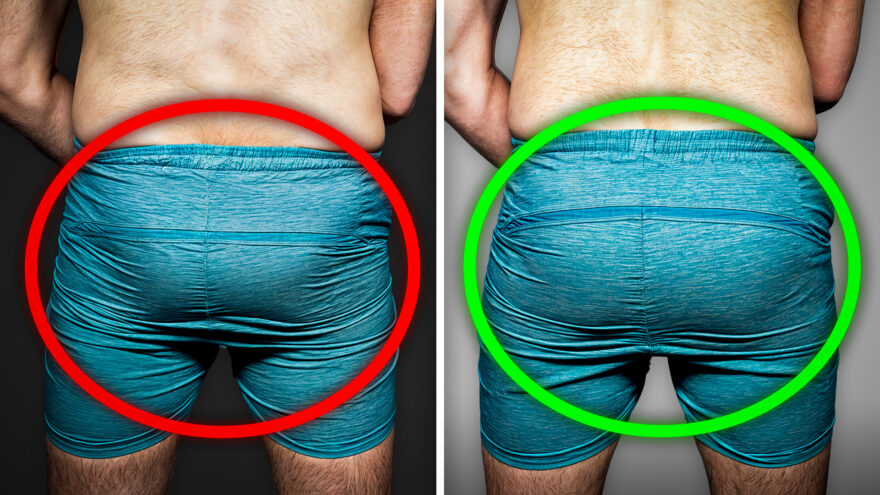
Fix Tight Glutes With Just 3 Exercises
Tight glutes holding you back? It’s time to unlock your hips and move freely! In this guide, you’ll discover how…
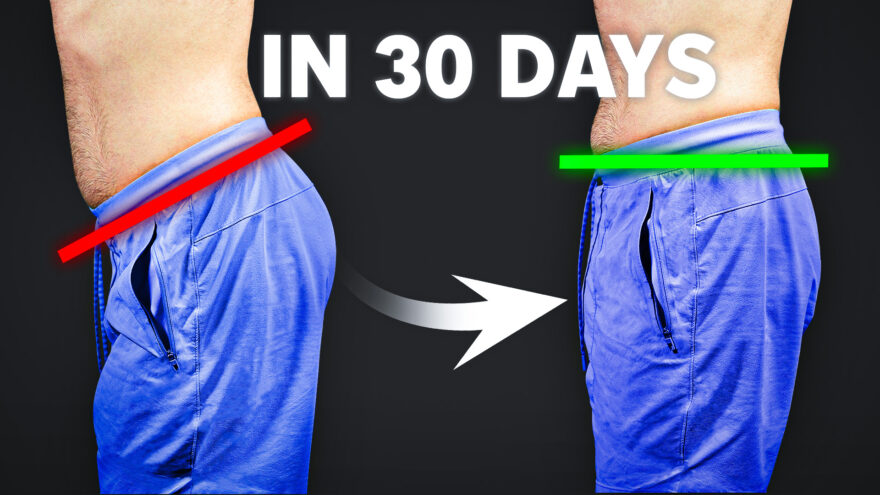
Fix 90% of Pelvic Tilts in 30 Days
Enhance your hip and pelvic mobility with our comprehensive guide, featuring detailed testing and exercises developed over 13 years as…
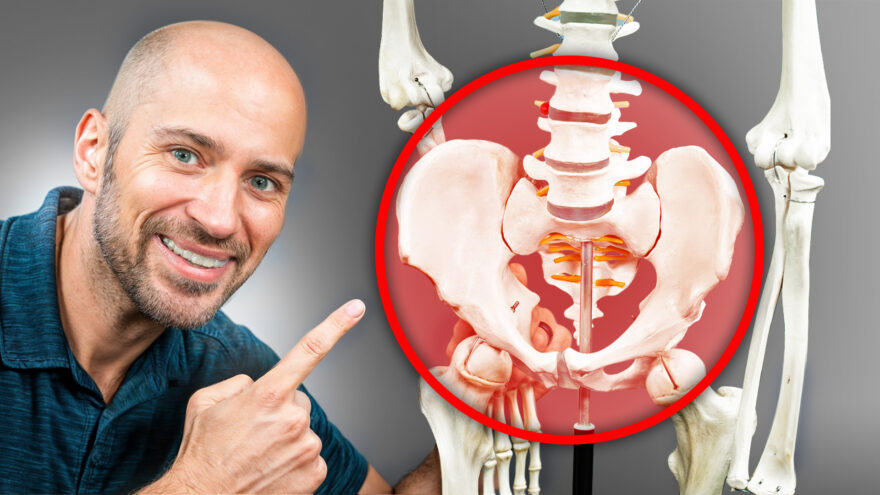
The Last Pelvis Post You’ll Ever Need
Unlock the secrets of pelvic biomechanics to enhance mobility across your lower back, hips, and legs. Master movements that mimic…
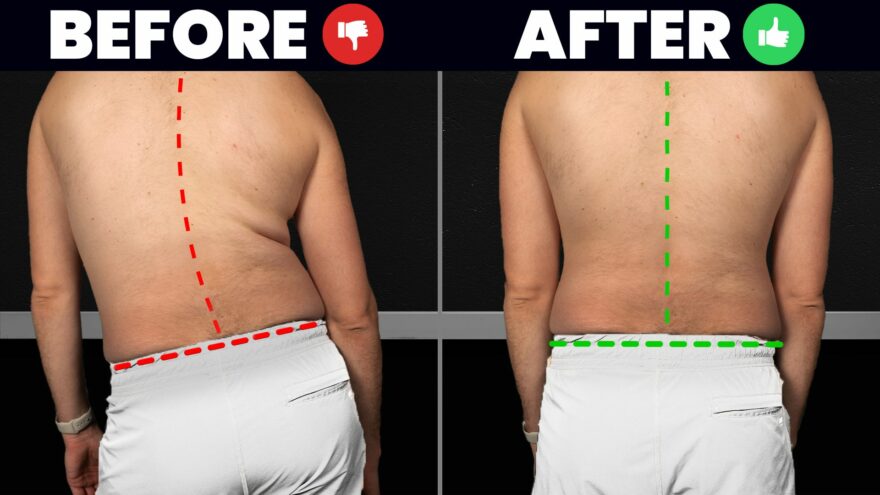
Fix Lateral Pelvic Tilt FOR GOOD
Discover effective strategies to correct lateral pelvic tilt and improve hip mobility. Learn targeted exercises for a balanced posture and…

Fixing Your Knee Caving for GOOD
Unlock the secrets of knee valgus with our in-depth guide. Learn why your knees cave in and discover exercises to…
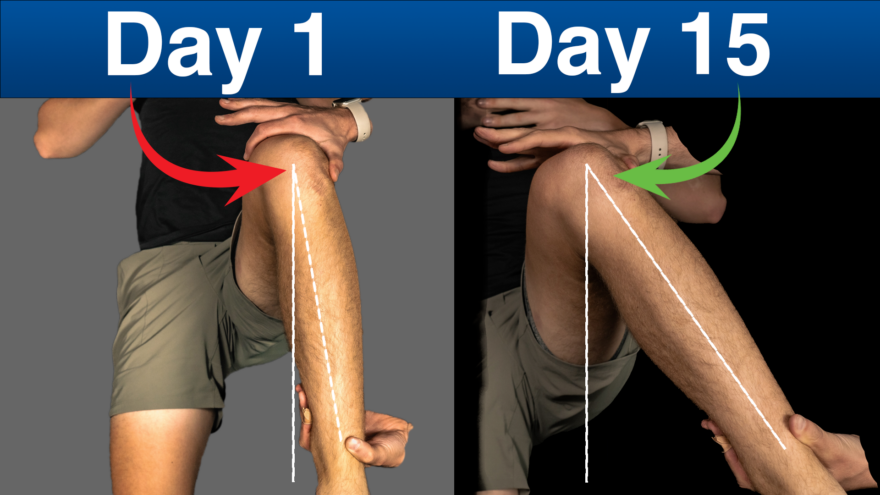
Upgrade Your Hip Mobility (FAST)
Unlock the secret to better hip mobility with our ultimate guide to hip internal rotation. Learn the biomechanics behind this…
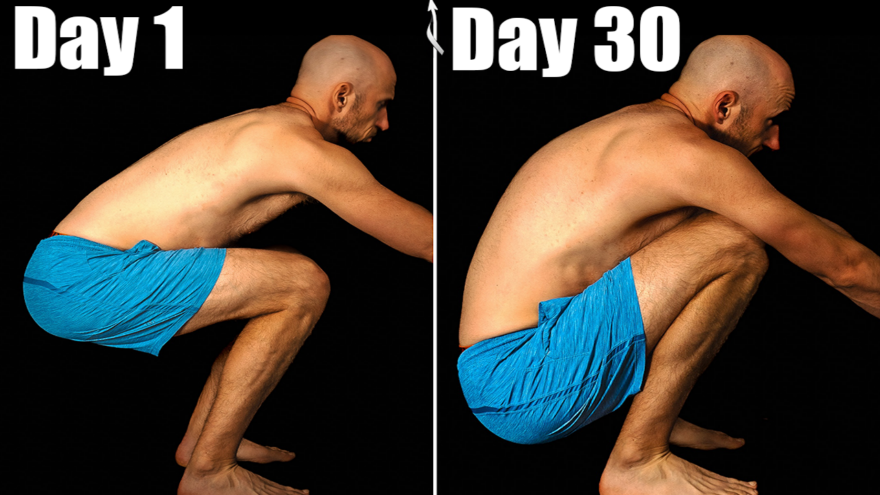
Fix Everything in 30 Days
Feeling stiff and achy all over? Before you dive into a complex 10-step program for each pain point, let’s simplify.…
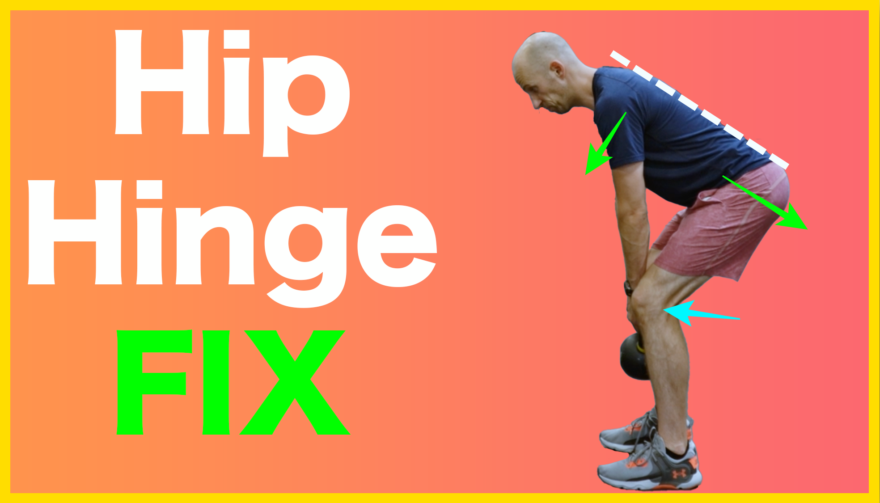
Hip Hinge FIX in 3 Steps
If you nail these three keys, you’ll deadlift better than ever before Hinging exercises (aka deadlifts, Romanian deadlifts, etc) can…
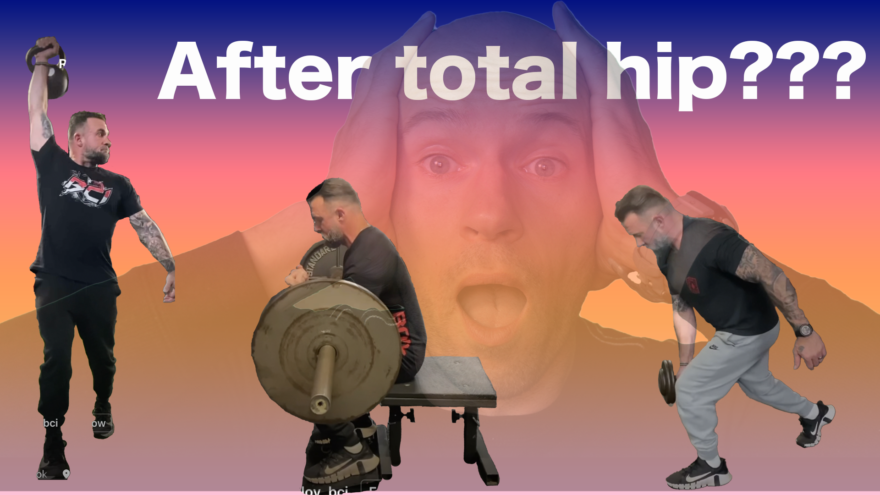
Training After Two Total Hip Replacements | Case Report
How to coach and program for someone who is very strong and stiff There’s a TON of information out there…

Hip Flexor Stretches Don’t Work – Try These 2 Exercises Instead
If hip flexor stretching is whack, what is better, Zac? It’s super common to feel hip flexor tightness from sitting…
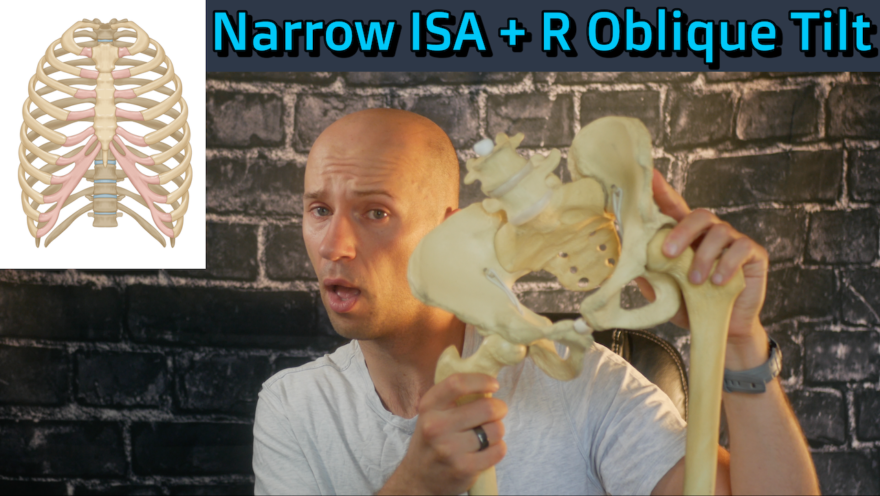
A Narrow Infrasternal Angle with Right Oblique Tilt – Case Report
What do you do if you have someone who is a narrow infrasternal angle, stiff as all hell, with some…

Improving Hip and Shoulder Internal Rotation WITHOUT STRETCHING!
Having shoulder and hip internal rotation is kind of a big deal. What if you could get it as quickly…

Zone of Apposition, Total Hip Replacement, and Client Wants vs Needs – Movement Debrief Episode 74
Movement Debrief Episode 74 is in the books. Below is a copy of the video for your viewing pleasure, and…
